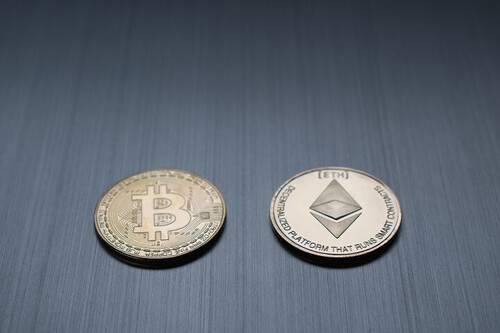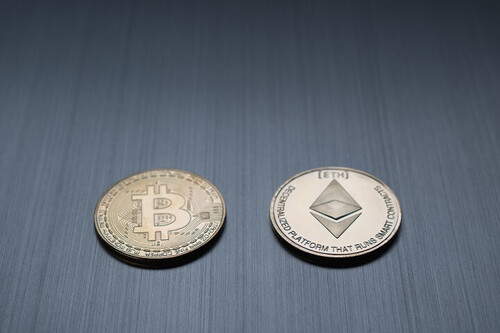
Can Central Bank Digital Currencies Oust Bitcoin and Ethereum?

The debate around central bank digital currencies (CBDCs) has been raging on for the last year, and governments across the world have been studying and researching them very intricately. As more governments explore digital money, some traditional-minded economists believe that these currencies can erode the value of public ledger cryptocurrencies.
Understanding the Value of Decentralization and Censorship Resistance
Central bank digital currencies will simply be another form of fiat. The main difference between regular fiat and a CBDC will just be their form and efficiency. In essence, all the money in your bank account is digital fiat currency. You can choose to print it into existence at an ATM or simply transact with the digital variant using cards, cheques, etc.
Fiat currencies are not inherently present. By this, I mean a dollar bill is not actually a dollar – it’s an IOU for a dollar from the central bank or the Federal Reserve. Cash is a term used to classify securities that are liquid and easily convertible, but all cash is merely a debt note. Ever since the gold standard was abolished, the redeemable features have been non-existent, rendering the dollar bill itself into a true commodity.
Bitcoin and Ethereum derive their value from being inherently present and uncensorable. Bitcoin is a decentralized store of value and a simple payments ledger, while Ethereum enables a world of financial activity. Store of value and payments are very much present in traditional finance by way of equities, bonds, and gold for SoV properties, and various systems and processors for payments. So where does the real benefit lie?
Firstly, nobody can stop anyone from doing anything. Bottom line, that is the true value. When you look at decentralized technology, what you are looking at is a political revolution masked by a layer of secure, distributed technology. UMA Protocol is a synthetic asset minting system that runs on Ethereum. It allows anyone to recreate any real-world asset and mimic its price action. The implications of this are a synthetic Tesla stock that a retail investor can invest in from Estonia. For the Estonian resident to do so via the New York Stock Exchange and traditional channels would take mounds of paperwork and hours – if not days – of time. With UMA, it’s a matter of minutes.
Understanding this industry lies in the social repercussions it brings with it. The technology, the blockchain – they are just tools that make the political revolution possible. In reality, these systems are about creating something that cannot discriminate or seize. A system for the people, by the people.
The End Game
At long last, the conclusion of this is that central bank digital currencies are an efficient version of fiat. And while they improve on the weaknesses in payment throughput and cost, they do not even skim the surface when it comes to censorship.
In fact, given the absolute lack of privacy over CBDC ledgers and the massive amount of data that can be procured, they are actually even worse than regular banks and paper fiat.
Published by Ashwath Balakrishnan at December 4, 2019
David – http://markethive.com/david-ogden